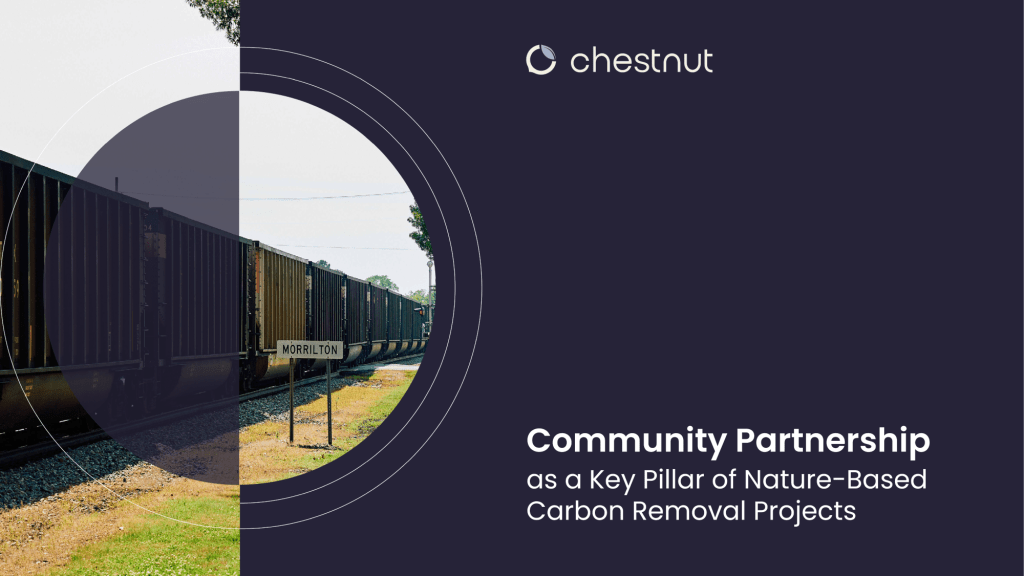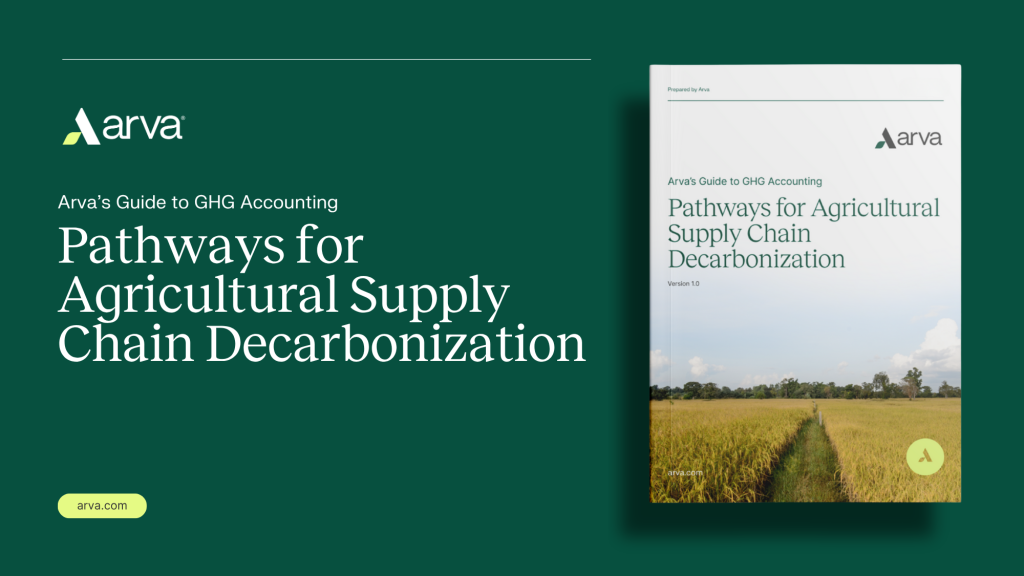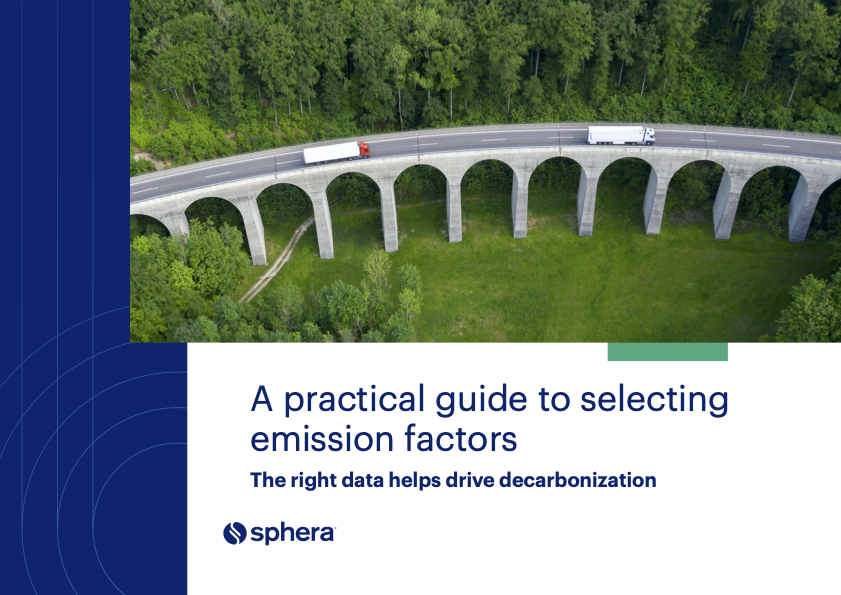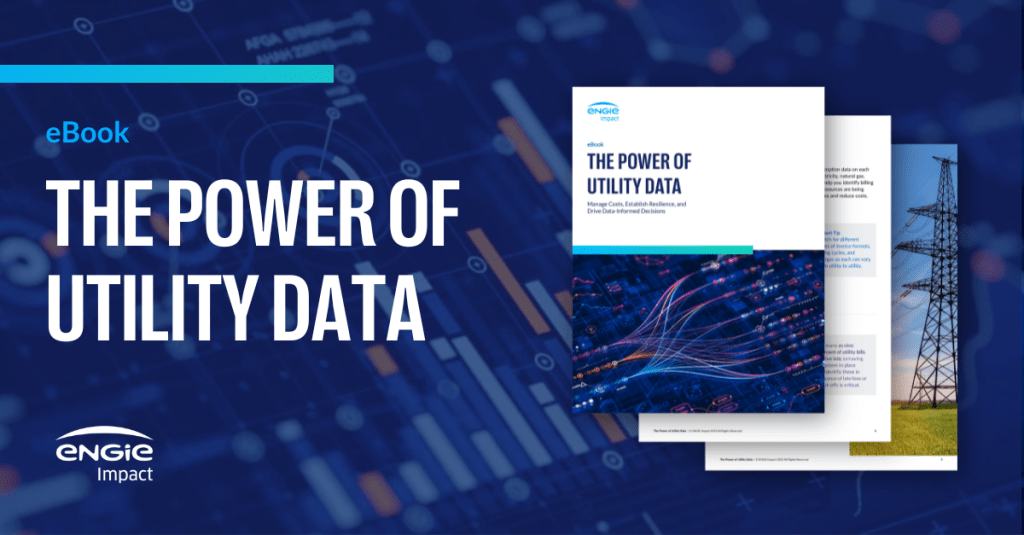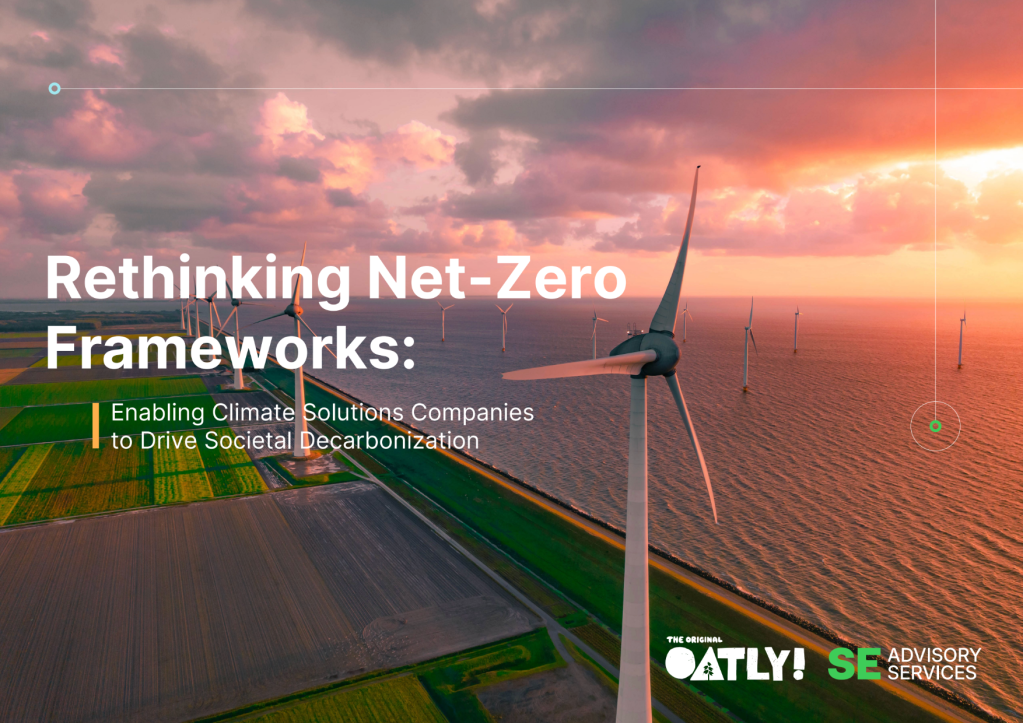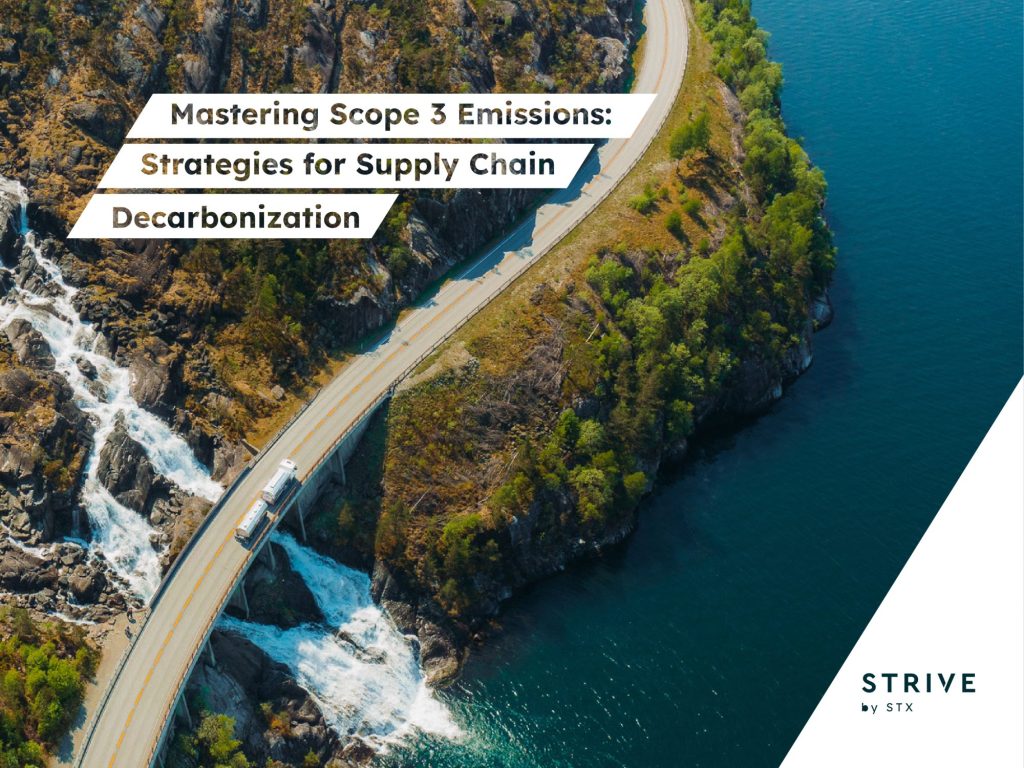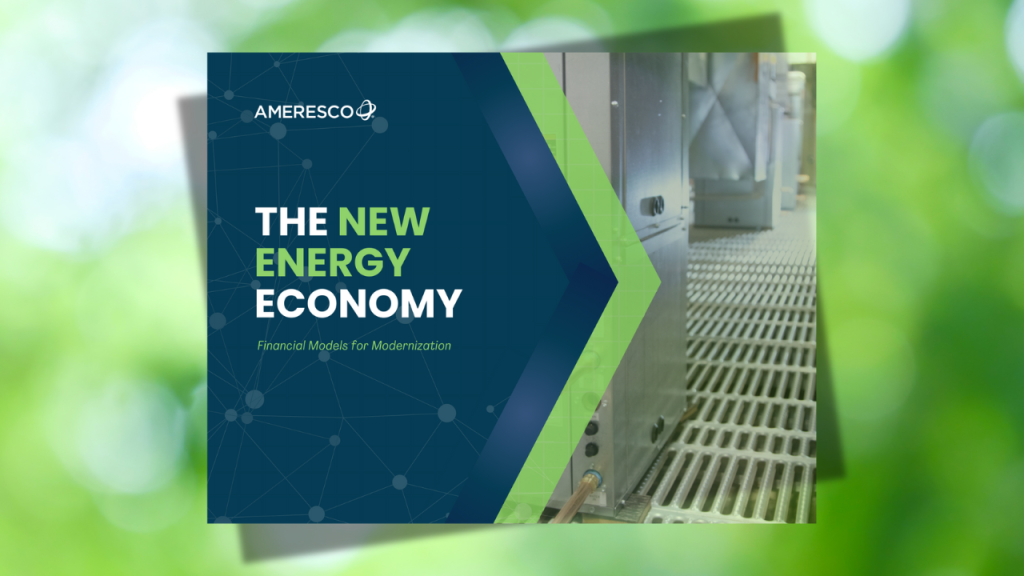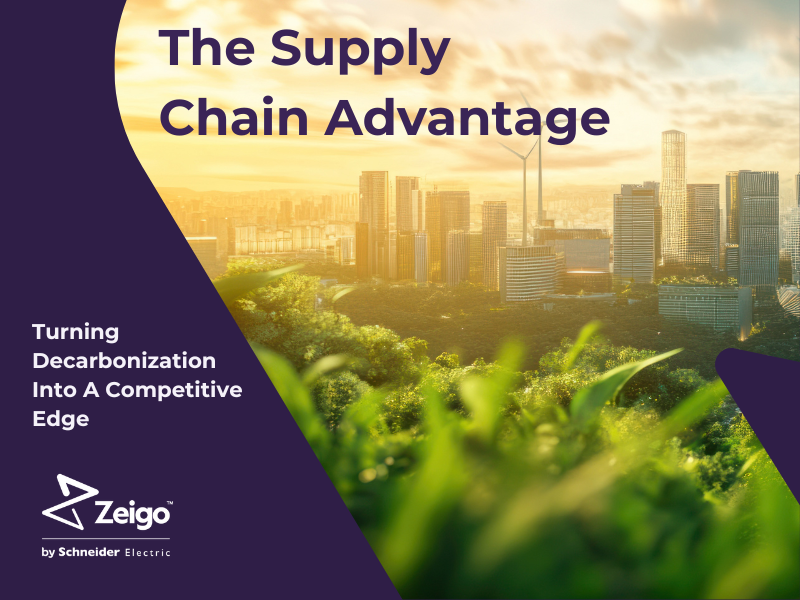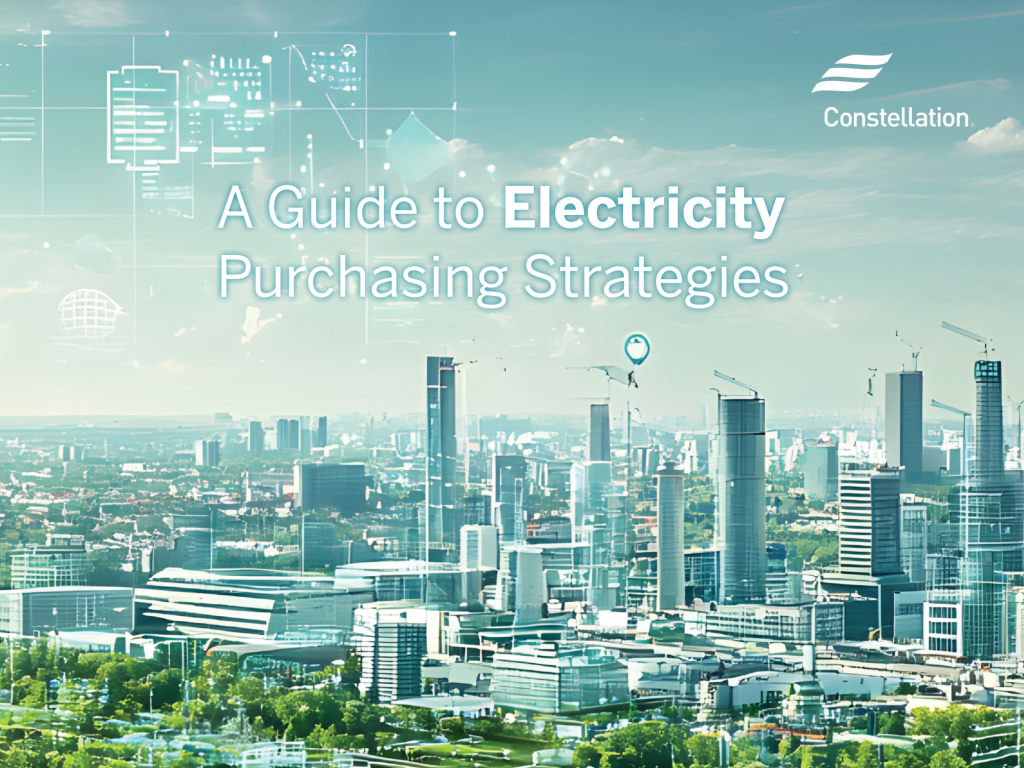Renewing today’s recycling system
Sponsored: Current recycling practices don't address the plastic waste crisis, but we can solve this with collaboration. Here are three ways policymakers can renew recycling. Read More

Renewing today's recycling system.
This article is sponsored by Eastman.
At Eastman, we are committed to using sustainable innovation to solve some of the world’s greatest challenges. The 3R’s — reduce, reuse and recycle — aren’t working the way they should for plastic. To create a resilient, sustainable future, it’s essential that we solve the plastic waste crisis. And the current recycling practices do not adequately address plastic, a ubiquitous material in our modern world.
The good news is that the problem can be solved. With innovation in technologies and policies, and collaborations between the value chain and policymakers, plastic can become circular.
The current recycling problem
Currently, only 12 percent of the 300 million tons of plastic produced each year is successfully recycled, according to a McKinsey study. Understanding that plastic waste is a big source of pollution, more than 500 brands, governments and other organizations have committed to significantly increase their use of recycled materials. But traditional recycling, also called mechanical, alone can’t meet that kind of demand.
A major reason that so little plastic is recycled is that mechanical recycling is limited to only certain types of plastic. Mechanical recycling can’t process the more complex plastic products, such as those in which multiple plastic types or multiple materials are fused or layered to create light yet durable packaging. A good example is food packaging that feels like plastic on one side and paper or metal on the other. In addition, traces of food waste on the plastic packaging prevent an item from being recycled and they end up in landfills.
While mechanical recycling should be used and expanded where possible, it can’t process the vast amount of waste plastic humans produce. The mechanical process also degrades the recycled material, meaning the plastic loses quality each time it’s recycled, which limits its lifetime. We need a way to increase both recycling rates and the longevity of plastic in use so the materials can be reused again and again. We need to create an infinite loop.
The hasty reaction to ban single-use plastics to address the waste crisis may seem understandable, but the unintended result would be to replace plastics with materials that can cause even more unsustainable effects, specifically relative to climate. Numerous life cycle assessment (LCA) studies by universities, industry associations and leading brands show that plastic has a better carbon footprint than alternative materials because of its efficiency, light weight and strength. The many examples where plastic is advantaged include light weighting for electric vehicles, packaging to lengthen food shelf life, films for solar energy and medical applications where durability and sterilization of equipment is critical for preserving human health.
We must consider the entire ecosystem when we are making choices, and provide society with new technologies that solve both the climate and waste plastic issue while improving the quality of life globally.
New recycling technologies are needed to maximize plastic’s value
Advanced recycling technologies break waste plastics down to their molecular building blocks and build them back up into new plastics. These material-to-material technologies including Eastman’s own forms of advanced recycling can process plastics that mechanical recycling can’t without degrading the final product quality. These new technologies complement mechanical recycling by using plastic that cannot be recycled today and converting it to products with no compromise in performance. Combined with mechanical recycling, these technologies can create a near infinite loop, keeping valuable materials in use longer.

Helping keep valuable materials in use longer.
This type of advanced recycling will not only prevent plastic waste from being incinerated, ending up in landfill or worse, ending up as litter in the environment, but also will decrease the need to manufacture new virgin plastics with fossil feedstocks, and also will reduce our greenhouse gas emissions.
Innovation to solve the waste plastic and climate issue is occurring today
Solving global issues such as climate change and the plastic waste problem will take the entire value chain, and material suppliers such as Eastman have a critical role to play. Eastman is a specialty material supplier focused on delivering differentiated, durable products, and leveraging our significant scale and integration. This has enabled us to move quickly to bring two new technologies to the market that use mixed waste plastic as feedstock, replacing fossil feedstock and producing products with no compromise in quality. And these technologies do it while lowering our carbon footprint — supporting our company’s efforts to reach carbon neutrality by 2050 and reducing our carbon emissions by about one-third by 2030.
Specifically, Eastman’s carbon renewal technology can reduce greenhouse gas emissions in the production of the key molecular building blocks for new materials by 20 percent to 50 percent. Similarly, Eastman’s polyester renewal technology can reduce the greenhouse gas emissions for polyester intermediates production by 20 percent to 30 percent.
We are fully invested in circular economy and advanced recycling. We have seen strong market adoption from leading brands such as LVMH, Estee Lauder, H&M, CamelBak and Tupperware, all of which have made significant commitments to use Eastman recycled content in their products. Eastman went from concept to commercialization in less than a year with our advanced recycling platform. We’re building a $250 million polyester renewal manufacturing plant in Kingsport, Tennessee, with mechanical completion in 2022. With this investment, we commit to recycling 250 million pounds of plastic waste annually by 2025 and more than 500 million pounds annually by 2030.
Eastman is positioned to lead on this effort, but we know we cannot solve this alone. We are advocating for others to take an active role in solving the global plastic waste issue, through industry innovation, partnerships and smart policies so we can renew our recycling system.
These new technologies complement mechanical recycling by using plastic that cannot be recycled today and converting it to products with no compromise in performance.
Collaboration is key to solving the waste plastic issue
Technology and policy are closely related. We need collaboration across the value chain and between companies and policymakers so that new technologies can be accelerated to commercialization to help us all address the plastic waste crisis right now.
Existing public policies are written with mechanical recycling in mind. In some cases, it is even unclear if materials produced from advanced recycling would be considered “recycled materials.” Brands want assurance that recycled content from advanced recycling will count toward their recycling/recycled content goals and that there will be a steady supply of material for their products. New, advanced material-to-material recycling technologies exist to work alongside mechanical recycling to support these goals, but existing regulations and the existing recycling infrastructure are hindering their ability to meet the market demand for recycled content. For that reason, we need cooperation from policymakers to reform policies to make them recycling-technology-neutral and incentivize investment into research and capital to make plastic circularity a reality.
Policymakers also can help communicate to the traditional recycling industry, including its trade associations, that advanced recycling is not a threat to the existing recycling infrastructure. Our goal is not to replace traditional forms of recycling but to complement them — to rescue products that can’t be recycled any other way. We want to clear the path for innovative solutions where everyone wins.
Eastman recently published a white paper that explores these issues, provides context and technical detail and identifies how to improve recycling: “Three Ways Policymakers Can Renew the Recycling System: The critical connection between public policy, advanced technologies, and recycling capacity.” I invite you to download it today to become better informed about the current recycling crisis and the hope that advanced solutions offer for our future.
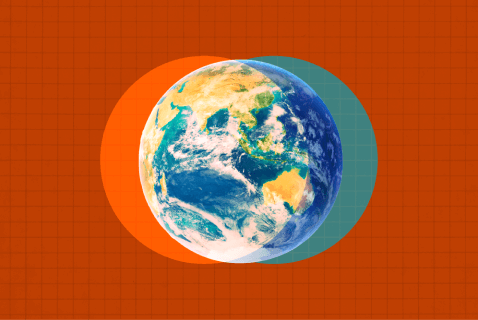
Subscribe to Trellis Briefing
Featured Reports

The Premier Event for Sustainable Business Leaders

